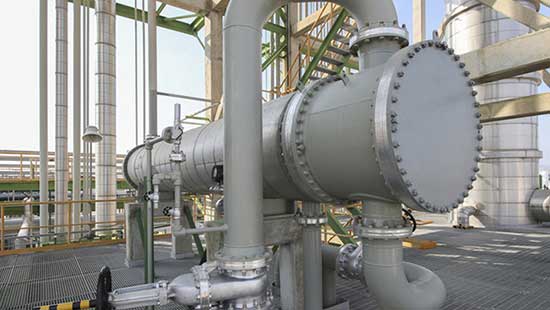The FCC slurry circuit is a network of heat exchangers designed to remove large amounts of heat from cracked products. This heat preheats the FCC feed, generates steam, and fractionates and recovers products downstream. Returned to the main fractionator above the vapour inlet, the cooled slurry oil acts as a quench stream in the fractionator. A relatively small amount of slurry oil is sent to tankage as product that can become decant oil that may be upgradeable to fuel oil specification.
If the slurry circuit fouls, many issues may occur. Some consequences of this type of fouling are:
- Inadequate Cooling/Heat Exchange: Fouling of the slurry exchangers leads to inadequate heat removal necessary to cool the bottom of the main fractionator and achieve optimal fractionation.
- Poor Product Recovery: Because the slurry circuit is integrated with the FCC product recovery system, inadequate heat exchange can mean poor product recovery and significant economic losses.
- Hydraulic Limitations: Certain types of fouling cause an increase in the system DP and limit the slurry circulation rate. This in turn limits heat removal capability and unit throughput.
- Throughput Limitations: All of the above problems can lead to limitations in the FCC feed rate.
- Cleaning/Maintenance Costs: The cost of cleaning an exchanger can be significant, especially if throughput must be reduced during cleaning operations.
- Safety/Reliability Concerns: Frequent cleaning of exchangers in hot service will eventually become a safety and reliability concern.
In order to minimise issues resulting from slurry circuit fouling, Nalco Water has developed a range of dispersant and coke suppressant chemistries. These are designed to reduce the amount of foulant material that may form and decrease the tendency for material existent in the slurry to deposit.



